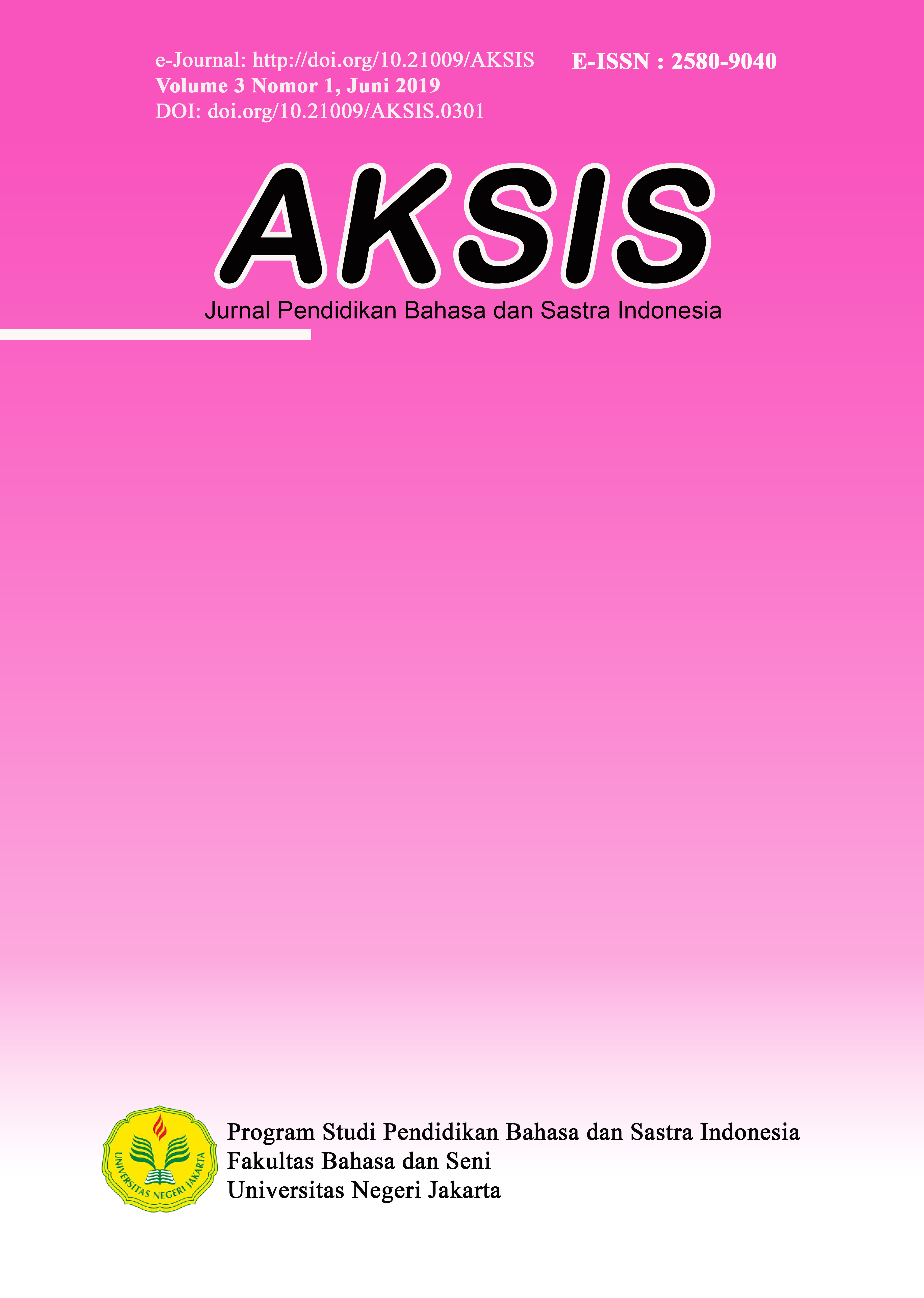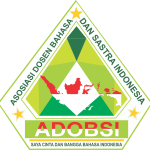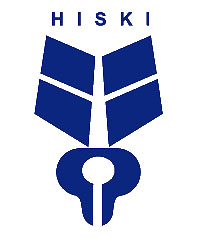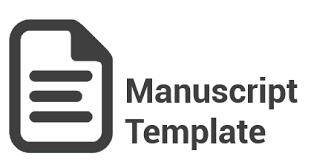Islamic Children Literature in Digital Media as Religious Literacy Movement
DOI:
https://doi.org/10.21009/AKSIS.030114Keywords:
islamic movement, children animation islamic film, social realityAbstract
Islamic children literature, which transformated, in new media was viewed as a part of religious movement. This movement was assumed as social reality in this era. The video children animation, Dodo and Syamil take as case. This paper explores social reality from the religous movement phenomena. Ian Watt’s sociology literary theory is used in this paper, especially the genre and the ideological expression to express social world. Data in this paper includes topic, genre, formula, and idea in the Dodo and Syamil phenomena. The data interpretation is done by relating between topic, formula, and ideological concept to find social reality. The result of this paper is that social reality based on religios islamic movement in modernity context. This movement manifested with several topic, such as faith, worship, and characters. NCR Production is a part from islamic movement which was banned by political and ideological situation.
References
Albrecht, M.C. (1970). Art as an institution. In Albrecht, M.C., Barnett, J.H., & Griff, M. (Eds). The Sociology of Art and Literature: A Reader. New York: Praeger Publishers.
Bakhtin, M.M. (1985). The Formal Method in Literary Scholarship. London: Harvard University Press.
Chisaan, C. (2008). Lesbumi: Strategi Politik Kebudayaan. Yogyakarta: LkiS.
Emir, B.C. (2016). Literature and psychology in the context of the interaction of social sciences. Khazar: Journal of Humanities and Social Sciences, 19(4), 49—54.
Fischer, J.L. (1970). Arts styles as cultural cognitive maps. In Albrecht, M.C., Barnett, J.H., & Griff, M. (Eds). Sociology of Art and Literature. New York: Preager Publishers.
Giddens, A. (2011). The Constitutions of Society: Teori Strukturasi untuk Analisis Sosial. Yogyakarta: Toko Print.
Goldmann, L. (1970). The sociology of literature status and problems of method. In Albrecht, M.C., Barnett, J.H., & Griff, M. (Eds). The Sociology of Art and Literature: A Reader. New York: Praeger Publishers.
Handayani, P.R. (2016). Analisis wacana dakwah dan film kartun syamil dan dodo. (Undergraduate Thesis). Fakultas Ilmu Dakwah dan Komunikasi, UIN Syriaf Hidayatullah Jakarta, Jakarta.
Herfanda, A.Y. (2004). Puisi Cyber, Genre, atau “Tong Sampah”. In Situmorang, S. (Ed.) Cyber Graffiti; Polemik Sastra Cyberpunk. Yogyakarta: Yayasan Multimedia Sastra.
Karlberg, M. (2005). The power of discourse and the discourse of power: Pursuing through discourse intervention. International Journal of Peace Studies, 10(1), 1—25.
Karagoz, B. (2018). The historical development of children’s literature in Turkey. Universal Journal of Educational Research 6(5), 848—856. doi: 10.13189/ujer.2018.060506
Khaghaninejad, M.S. (2015). Political practice of literary analysis: how to read literature more closely. International Letter of Social and Humanitic Sciences, 8(1), 92—105. doi: https://doi.org/10.18052/www.scipress.com/ILSHS.49.92
Mahmoodi, M. (2017). Social criticism on works of contemporary women story writes. Advances in Language and Literary Studies, 8(4), 50—56. doi: http://dx.doi.org/10.7575/aiac.alls.v.8n.4p.50
Mihardja, A.K. (1984). Polemik Kebudayaan. Jakarta: Pustaka Jaya.
Moramollu, G. (2016). Ideology and literature. Humanities and Social Sciences Review, 6(1), 455—460.
Nurgiyantoro, B. (2010). Sastra anak dan pembentukan karakter. Jurnal Cakrawala Pendidikan, 29(1), 25—40. doi: https://doi.org/10.21831/cp.v1i3.232
Pereira, I.S., & Campos, A. (2014). Turning ideologies insideout: Developing young reader, empathy for critical voices in narrative fiction. Changing English, 21(4), 359—370. doi: http://dx.doi.org/10.1080/135868X.2014.969003
Potocco, M. (2009). Literature, ideology, and the imaginary. CLCweb: Comperative Literature and Culture, 11(2), 2—11. doi: http//doi.org/10.7771/1481-4374.1467/
Purwahida, R. (2017). Interaksi sosial pada kumpulan cerpen Potongan Cerita di Kartu Pos karangan Agus Noor dan implikasinya terhadap pembelajaran sastra di SMA. Jurnal AKSIS: Jurnal Pendidikan Bahasa dan Sastra, 1(1), 118—134. doi: https://doi.org/10.21009/10.21009/AKSIS.010107
Purwahida, R. (2018). Problematika Pengembangan Modul Pembelajaran Baca Tulis Anak Usia Sekolah Dasar. Aksis: Jurnal Pendidikan Bahasa dan Sastra Indonesia 2(1). 118-134. doi: doi.org/10.21009/AKSIS.020108
Rahmawan, D., Mahameruaji, J.N., & Alnashava J.P. (2018). Potensi youtube sebagai media edukasi bagi anak muda. Edulib: Journal of Library and Information Science, 2(1), 82—98. doi: http://dx.doi.org/10.17509/edulib.v8i1.11267
Rokib, M. (2015). Reading popular islamic literature: Continuity and change in indonesian literature. Heritage of Nusantara: International Journal of Religious Literature and Heritage, 4(2), 183—194.
Sit, M. (2016). Mengembangkan sikap cinta Allah dan Rasul melalui metode kisah pada anak usia dini. Jurnal Raudhah, 4(1), 22—31.
Situmorang, S. (2004). Sastrawan Cyber Mendobrak Hegemoni (Sebuah Manifesto). In Situmorang, S. (ed.) Cyber Graffiti Polemik Sastra Cyberpunk. Yogyakarta: Yayasan Media Sastra.
Steenbrink, K. (1995). Kawan dalam Pertikaian: Kaum Kolonial Belanda dan Islam di Indonesia. Bandung: Mizan.
Sukmawati, L., Sudardi, B., & Susanto, D. (2017). Perempuan Sasak dalam novel Sri Rinjani karya Eva Nourma: Kajian feminisme. Haluan Sastra Budaya: Jurnal Ilmiah Ilmu-ilmu Humaniora, 1(2), 185—195.
Sunhaji. (2015). Sastra dalam tradisi pendidikan Islam. IBDA: Jurnal Kebudayaan Islam, 13(1), 47—58.
Susanto, D. (2015). Kamus Istilah Sastra. Yogyakarta: Pustaka Pelajar.
Susanto, D. (2018). Lekra, Lesbumi, dan Manikebu; Sejarah Sastra Indonesia Periode 1950-1965. Yogyakarta: CAPS.
Swingewood, A. (1986). Sociological Poetics and Aesthetic Theory. London: The Macmillan Press Ltd.
Watt, I. (1964). Literature and society. In Wilson, R.N. (ed.) The Arts in Society. New Jersey: Prentice-Hall Inc.
Wiradhika, N. (2018). Konflik SARA dalam novel Jalan Lain Menuju Tulehu karangan Zen R.S.: Sebuah tinjauan sosiologi sastra. Jurnal AKSIS: Jurnal Pendidikan Bahasa dan Sastra, 2(1), 17—28. doi: https://doi.org/10.21009/AKSIS.020102
Woolff, J. (1981). The Social Production of Art. London and Basingstonre: The Macmillan Press Ltd.






